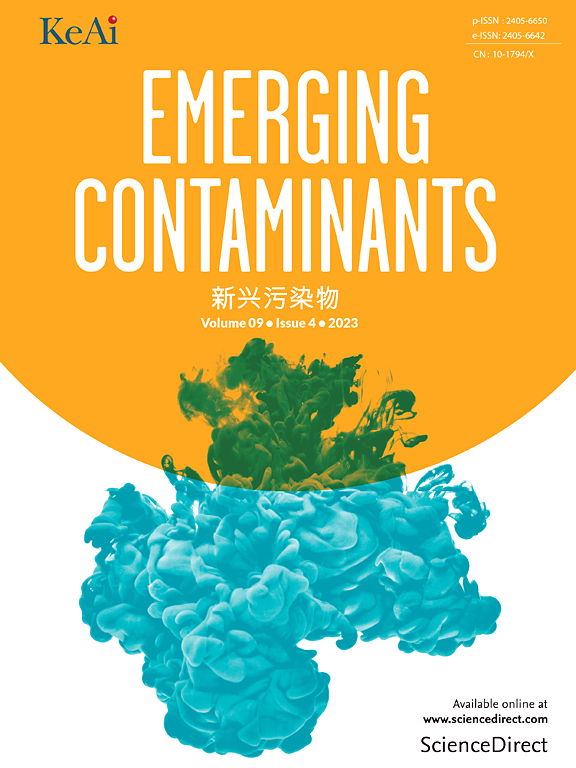微塑料和纳米塑料对人类健康的影响:新证据和未来方向
IF 6.9
2区 环境科学与生态学
Q1 ENVIRONMENTAL SCIENCES
引用次数: 0
摘要
塑料被广泛应用于各行各业,导致生态系统中的微塑料(MPL)和纳米塑料(NPL)污染。暴露于这些颗粒主要是通过摄入、吸入和皮肤接触,引起重大的人类健康问题。这篇综述批判性地评估了最近在了解多聚物/不良物质对人类健康影响方面的进展,重点是它们的暴露途径,包括摄入、吸入和皮肤接触,以及细胞摄取和毒性的机制。虽然MPL/NPL污染是公认的环境危害,但将其暴露与人类特定健康结果联系起来的确凿证据仍然有限。我们讨论了评估其毒理学影响的方法差距,特别是在体外模型中,以及需要更复杂的体内研究来模拟现实生活中的暴露。概述了未来的研究方向,包括探索MPL/NPL粒子的日冕形成及其对细胞相互作用的影响,以弥补现有的知识空白。本文章由计算机程序翻译,如有差异,请以英文原文为准。
Impact of microplastics and nanoplastics on human Health: Emerging evidence and future directions
Plastics are extensively used across industries, leading to microplastic (MPL) and nanoplastic (NPL) contamination in ecosystems. Exposure to these particles occurs primarily through ingestion, inhalation, and dermal contact, raising significant human health concerns. This review critically evaluates recent advancements in understanding the human health impacts of MPLs/NPLs, focusing on their routes of exposure including ingestion, inhalation, and dermal contact, and the mechanisms of cellular uptake and toxicity. While MPL/NPL pollution is a well-recognised environmental hazard, the conclusive evidence linking their exposure to specific health outcomes in humans remains limited. We discuss methodological gaps in assessing their toxicological impacts, particularly in vitro models, and the need for more sophisticated in vivo studies to simulate real-life exposures. Future research directions, including the exploration of the corona formation on MPL/NPL particles and its influence on cellular interactions, are outlined to bridge existing knowledge gaps.
求助全文
通过发布文献求助,成功后即可免费获取论文全文。
去求助
来源期刊

Emerging Contaminants
Medicine-Public Health, Environmental and Occupational Health
CiteScore
10.00
自引率
6.70%
发文量
35
审稿时长
44 days
期刊介绍:
Emerging Contaminants is an outlet for world-leading research addressing problems associated with environmental contamination caused by emerging contaminants and their solutions. Emerging contaminants are defined as chemicals that are not currently (or have been only recently) regulated and about which there exist concerns regarding their impact on human or ecological health. Examples of emerging contaminants include disinfection by-products, pharmaceutical and personal care products, persistent organic chemicals, and mercury etc. as well as their degradation products. We encourage papers addressing science that facilitates greater understanding of the nature, extent, and impacts of the presence of emerging contaminants in the environment; technology that exploits original principles to reduce and control their environmental presence; as well as the development, implementation and efficacy of national and international policies to protect human health and the environment from emerging contaminants.
 求助内容:
求助内容: 应助结果提醒方式:
应助结果提醒方式:


